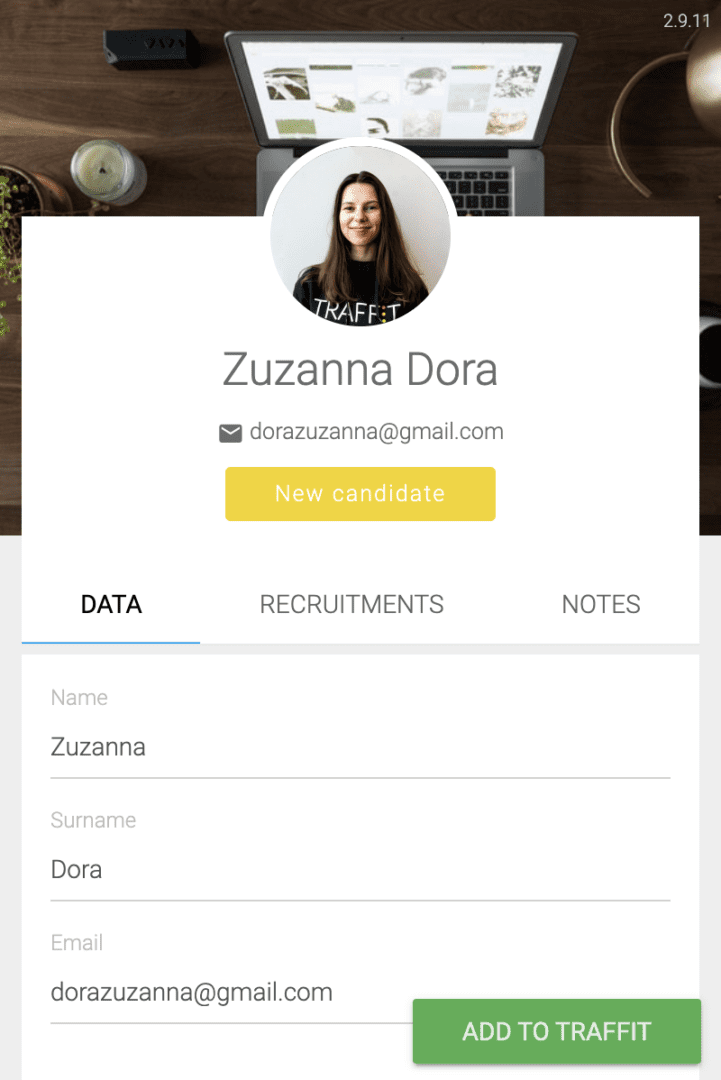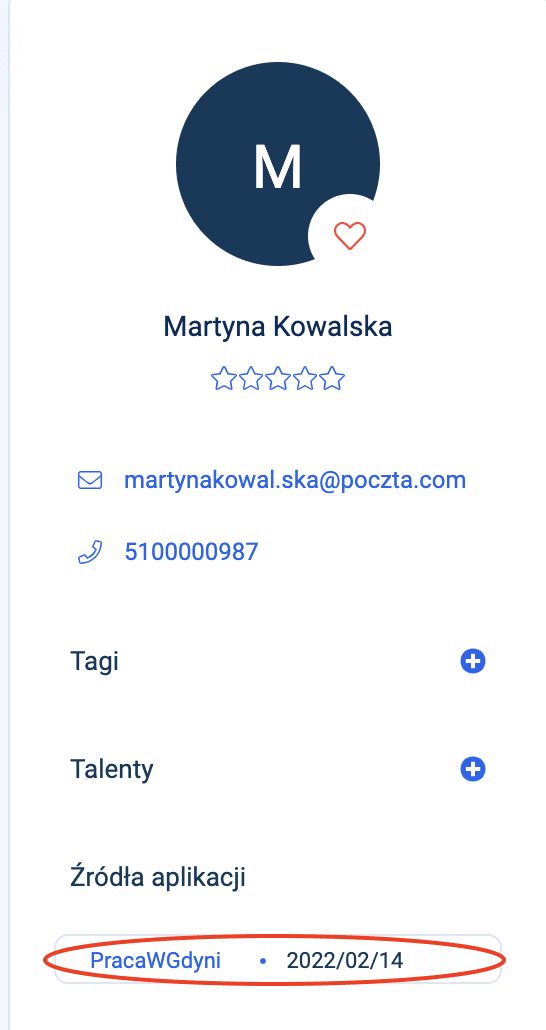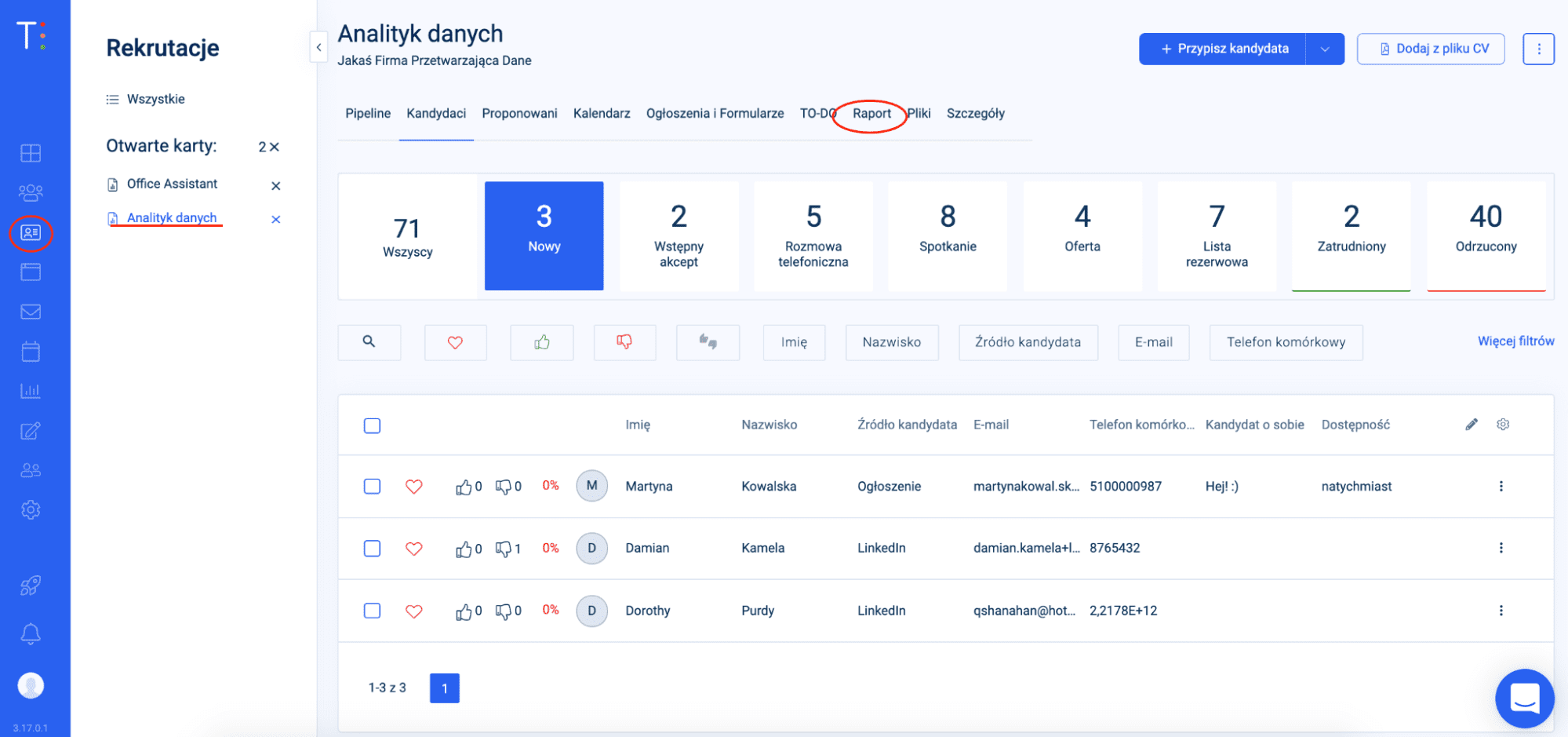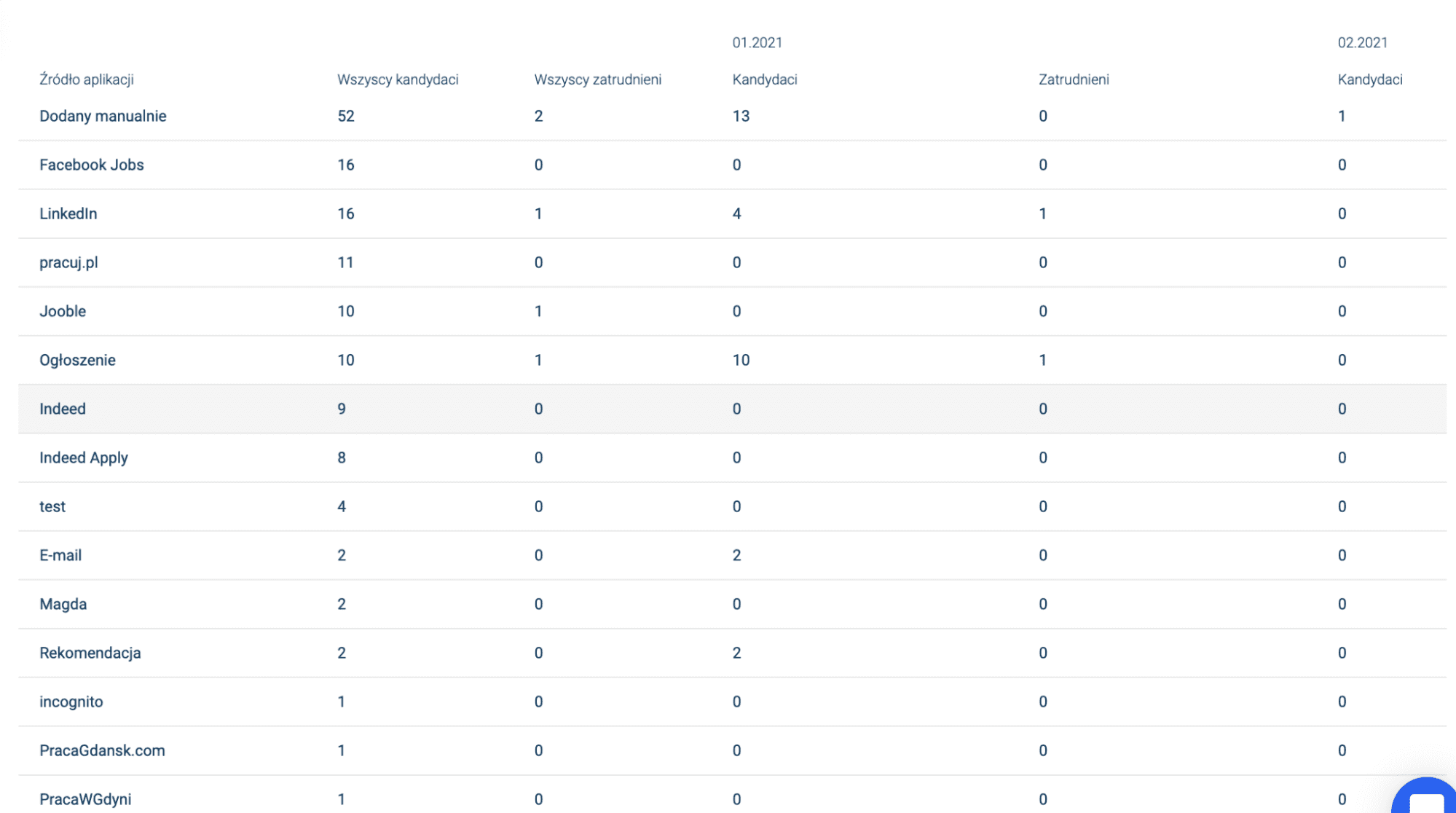The amended code with the requested changes is as follows:
The best part of your job? Finding a good match for your position. The worst? Informing other job candidates that they didn’t make it. Letting know about rejection is challenging, but it’s an integral part of any selection process.
In this article, you’ll learn:
- why crafting a candidate rejection email impacts your recruitment processes,
- how to deliver the bad news,
- and how to use candidate rejection email templates to boost your efficiency.
Why is it important to send job rejection emails?
One of the worst recruitment practices is not contacting an applicant to inform them that their application was rejected (as well as failing to include any kind of constructive feedback). Companies often don’t want to communicate their decision – even if the process spanned over two or three consecutive interviews – and as the result, they opt for ghosting.
Some assume that the lack of a message is a clear message. Well, it is – but not the kind of message that companies want to send. So, when you do inform your candidates about the negative outcome, what message do you send between the lines?
Let’s see why it is worth sending candidate rejection emails.
Prove you respect your candidates
Failing to send this one critical email will jeopardize the entire candidate experience – probably more than any other thing you could do. Even when they get rejected at the beginning of the process, they’ve already invested time and effort. Be it filling in an application form, refining their resume, or submitting any materials you needed for the first stage, this message shows you appreciate the interest.
Also, usually, your applicants are involved in several processes simultaneously. So, letting them know in time that they didn’t make it to the next round helps them move forward in their job search – and, ultimately, get their next position.
Make the recruitment process transparent
In most areas of our lives, we are notified about virtually anything we might want to know: from the status of our Zalando orders to the location of the Uber driver we’re waiting for. That’s why candidates also wish they knew what’s going on with their application – especially whether they were rejected.
You can create an entire set of messages sent to candidates so they know immediately what happens next in their recruiting process. With an ATS at hand, it’s easy: once you set up the automation, it takes everything off of your shoulders.
Do you want to start with baby steps? The candidate rejection letter is an absolute must-have.
Build relationships with candidates
If you’ve been in the recruiting industry for a longer time, you know that this elusive idea of relationships with candidates is paying off in the longer run. Both sides benefit from it – you can do your work more efficiently, and the candidate gets interesting job offers.
Also, people do talk a lot about recruitment with their friends, and they can advocate for or against your company. Here’s where the investment in candidate experience influences your employer branding.
Make sure your candidates get a perfect rejection email and look at those relationships from a longer perspective than just the current hiring process.
Keep candidates for future openings
In times when relationships with candidates are gaining importance, the way you reject your candidates decides if they come back to you or not. Leave the door open for the future. Positive candidate experience will bring them back for future openings – and maybe this time with skills and knowledge that matches your needs.
It’s a crucial part when growing your talent pool. Keeping the candidates’ data in one searchable system and having permission to connect with them is one thing. The other element is to make sure they remember you in a good way.
Check also how to reject a candidate and leave a good impression!
How to write a candidate rejection email?
Don’t apologize
It might seem like a good way to soften the message, yet it’s the wrong direction. Your job is primarily to find a candidate who closely matches the requirements in your job offer. Suppose the rejected candidate doesn’t have the skills you need, or you just decided on a different candidate after carefully reviewing the applications and interview process. In that case, that’s it – nothing personal, nothing to apologize for.
Candidates are aware of this fact, so any apologies sound forced. This might negatively impact the reception of your message.

In this rejection letter example, you won’t find apologies – just a direct reason you can’t hire this candidate.
Feel free to copy and use this rejection email template.
Be specific
Your candidate rejection email might help in the job search process. Show your candidates what didn’t work and why they got rejected, and they get information for the future.

In this message example, the candidates get feedback about why this won’t make a good match for the company and them. If you connect the rejection reason with your company values – like in the example, the team’s happiness – you will show you mean them.
Feel free to copy and use this rejection email template.
Remember, though, that you can also add the positive aspects of their application. They will surely appreciate it.
Apart from impacting the candidate’s experience in both senses, they can return to you with given skills. It helps you build the pipeline for future recruitments, and that pays off! In TRAFFIT, we have experienced that first hand when filling up IT and Customer Success positions. Even when in one hiring process we don’t find a great match with the candidate, it always can change in the future.
The policies regarding feedback differ from team to team. Yet, if you’re able to provide feedback – and, if applicable, details from the hiring manager – you make a huge investment in your future opportunities.
Be human
We started with a “don’t apologize”, yet letting someone know that they didn’t make it isn’t the nicest thing to do, nor the best message to receive. That’s why you want your rejection letter to sound as human as possible.
Try to finish on a positive note, yet make sure it sounds genuine. If you mean it, you can encourage candidates to stay in touch – either by applying in the future or giving you consent to contact them with other future openings. Also, wish them luck in their future job search.

The words you find in this rejection letter template might be also said out loud in a phone call or direct conversation – and that’s a good check on how your message sounds.
Feel free to copy and use this rejection email template.
Appreciate their input
The further your job seeker gets in the application process, the more effort is invested. Thank them for their time, especially if they went far in the hiring process.
Ask for feedback
This is also the moment when you can collect information about your application process. When you ask both successful and unsuccessful candidates, you get a full image of your hiring process.
Even though they might feel bitter because they didn’t get the job, it’s best to ask for feedback as early as possible. Then, your candidates take part in various processes, and they can forget about some details later in the future.
Technical aspects of job rejection letters
Rethink your subject line
When writing your rejection letters, coming up with an appropriate subject line is the first challenge you face. Some companies go simple, putting just the job title and company name – two indispensable elements. However, you can add information like “Thank you for your application”.
Make it easy to read
Imagine how you would feel when getting a rejection email. Stressed? Angry? All those strong emotions make it harder to focus on what’s inside the message. That’s why you, as the sender, should take care of the legibility of the message. Use simple formatting, spacing, and words that are understandable.
Double-check the email signature and sender
Those details can break even the best candidate rejection email. Imagine sending rejection emails from a [email protected] or having them signed by a person the candidate didn’t meet in the process.
Send it fast
What’s worse than a company that doesn’t send rejection emails? Those who do, yet after several months of complete silence. Set deadlines or maximum waiting time for getting an answer, and stick to them.
If you need to explain why it is so important to your hiring manager, here you’ll find some tips:
How do you engage a hiring manager during recruitment?
Rejection email templates – should you use them?
If you read all of this above and feel overwhelmed, don’t worry. There’s a way to both boost candidate communication and respect your time – with smart use of templates.
Streamline the process
Rewriting all the time the same message literally makes no sense, and it’s a huge waste of your time. It’s better to have a template as a starting point – or automate your communication.
Also, it helps you avoid mistakes and keep a high level of communication, which is especially important in rejection messages.
Rejection letter templates
Good news – you don’t have to start writing them yourself!

In TRAFFIT, we prepared a recruitment email template set covering job rejection email examples. Get them for free, adjust them with your team, and put them to use!
Sending automation
Templates help you write faster, but did you know you can also delegate the sending?
With an applicant tracking system, you can set automatic email messages that get sent when you move your candidate to a different stage.
In TRAFFIT, you can set up a pool of rejection reasons (like low language level, poor culture fit, or salary expectations that you can’t meet) and add appropriate message templates. In this way, you won’t just have a complete overview of rejection stats in given recruitment but also the candidates receive a suitable message.
It’s easier to use it for early-stage messages where you don’t put detailed feedback. Yet, you can also use this framework for keeping your applicants in the loop – and let them know they can expect detailed information in the next message.
Key takeaways
How you treat people – and that includes your job applicants – sends a clear message about your company and its values. Don’t miss the chance to show that you are a professional and respectful company. Can you afford not to?


